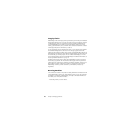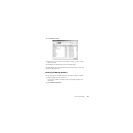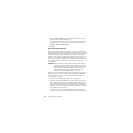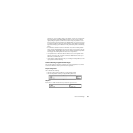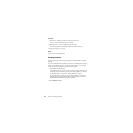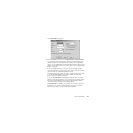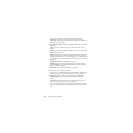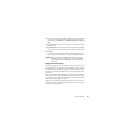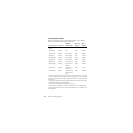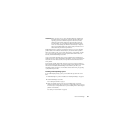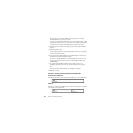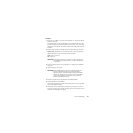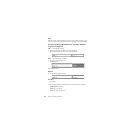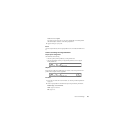Chapter 3: Managing Partitions36
If you create a second, third, or fourth primary partition on a physical disk,
PartitionMagic will create the new primary partition as unhidden. However,
PartitionMagic will automatically hide the other primary partitions on that disk when
performing a Set Active operation.
4 From the Partition Type drop-down list, select the desired file system type or accept
the default.
FAT is the most universal file system type. It is used by DOS and all versions of
Windows.
FAT32 is used by Windows 95 OEM Service Release 2, Windows 98, Windows Me,
Windows 2000, Windows XP.
NTFS is used by Windows NT, Windows 2000, Windows XP. If you create an NTFS
partition under Windows 9x, it will be created with NTFS version 3.0, which is not
compatible with Windows NT 4.0. To create an NTFS version 1.2 partition that will
work with Windows NT 4.0, run PartitionMagic under Windows NT 4.0 and create
the partition.
Linux Ext2, Linux Ext3, and Linux Swap are used by Linux.
Extended creates an extended partition which can contain any number of logical
partitions. Extended is not an option if the hard disk already contains an extended
partition or four primary partitions.
Unformatted creates an unformatted partition on your hard drive.
5 (Optional) Enter a label for the new partition.
Labels can be up to 32 alphanumeric characters for NTFS partitions, 16 alphanumeric
characters for Linux, and 11 alphanumeric characters for other file system types.
6 In the Size box, enter the desired size for the partition. Or, in the percent of
unallocated space box, enter the desired percent of unallocated space for the
partition.
PartitionMagic automatically calculates a recommended size (based on the most
efficient use of disk space), which you can accept or change.
If you are creating a Windows NT 4.0 (SP 4or higher) system partition, it cannot be
larger than 7.8 GB, and it must be fully contained within the first 7.8 GB of the hard
disk.



